Club Espresso (클럽에스프레소)
5.8 Km 0 2024-02-20
132 Changuimun-ro, Jongno-gu, Seoul
Club Espresso is a café that opened in 1990, constructed with red bricks. They roast their own coffee beans, offering a diverse coffee menu. The Moon Blend, a blend of Colombian, Brazilian, Ethiopian, and Guatemalan beans, is a favorite among regulars and is made with the coffee bean ratio favored by former President Moon Jae-in. Nearby attractions include the Yun Dongju Hill (Cheongun Park) and the Yun Dong-ju Literary Museum, dedicated to the poet beloved by Koreans.
Bugaksan Mountain (북악산)
5.8 Km 102211 2024-03-04
Cheongun-dong, Jongno-gu, Seoul
+82-2-765-0297
Bugaksan Mountain is the mountain that one can see behind the Gyeongbokgung Palace and the Cheong Wa Dae to the north. Hanyangdoseong, the city wall that surrounded the historic capital of Hanyang, was built by connecting the ridges of this mountain. These walls can still be found today, having been preserved quite well. Different trails weave through the area along the Hanyangdoseong, the Seoul City Wall, and one can visit these trails at night as well. Bugak Skyway is a road that connects Changuimun Gate to Jeongneung Royal Tomb, and one can get a great view of Seoul’s city center from the Palgakjeong Pavilion on Bugak Skyway.
Changuimun Gate - Jahamun Gate (창의문(자하문))
5.9 Km 18396 2020-04-02
118, Changuimun-ro, Jongno-gu, Seoul
+82-2-2148-1822
Changuimun Gate was often called Jahamun Gate. It was one of four mini-gates in the north surrounding the walled city of Hanyang (Seoul) during the Joseon dynasty. After the closure of Sukjeongmun Gate, one of the four main gates, Changuimun Gate became a favorite north gate. Hence, people also called Changuimun the North Gate. It is the only gate among four mini gates that is still in its original state. Although it is small, almost 50m² in terms of size, it looks very firm and sturdy. While Dongsomun Gate, another of the four mini gates, is decorated with a phoenix, Changuimun Gate is adorned with a wooden chicken along its rafters. The reason behind the wooden chicken was that the chicken was believed to be the nemesis of the centipede. People believed that installing the wooden chicken was important to overcome the harmful spirit of the centipede.
CheongKwanJang - Sinsa Branch [Tax Refund Shop] (정관장 신사)
5.9 Km 0 2024-04-17
405, Jeungsan-ro, Eunpyeong-gu, Seoul
-
Anjjang (안짱)
5.9 Km 0 2024-03-15
32 Tongil-ro 39-gil, Seodaemun-gu, Seoul
This Japanese-style bar and restaurant is run by a chef who studied abroad in Japan and serves delicious snacks that go well with alcoholic drinks. Spicy stir-fried soba, Japanese-style fried noodles with beef loin and vegetables, and grilled chicken, skewered chicken thighs grilled over a charcoal fire, are amazing. Be sure to check out today's menu, which changes every day. Some people try to order ramen because the restaurant was featured as a ramen restaurant in a K-drama, but ramen is not actually available. Besides highballs and sake, diners can also order a sour, which allows you to enjoy the freshness of lemon, citrus, and passion fruit. There is a cozy atmosphere created by unique props like cute dolls and mirror balls, making it a great place for a conversation.
Zaha Museum (자하미술관)
6.0 Km 28075 2021-03-09
46, Changuimun-ro 5ga-gil, Jongno-gu, Seoul
+82-2-395-3222
Located in Buam-dong, Jongno-gu, Zaha Museum is the highest art gallery in Seoul. Reaching
the museum involves a bit of an uphill walk, but the breathtaking scenery that includes Bugaksan Mountain and Inwangsan Mountain makes it worth the effort.
Opened on March 1, 2008, the two-story museum exhibits experimental works of young artists. There are two exhibition halls and a small garden on the second floor with a great view of the mountains.
Seoul Hwagyesa Temple (화계사(서울))
6.0 Km 30453 2021-11-02
117, Hwagyesa-gil, Gangbuk-gu, Seoul
+82-2-902-2663
Hwagyesa Temple was built in 1522 (the seventeenth year of the reign of King Jungjong of the Joseon dynasty) by monk Shinwol, but was destroyed in a fire in 1618. It was rebuilt the following year, and expanded In 1866 through the efforts of Monks Yongseon and Beomun.
The temple also has various templestay programs for visitors. Hwagyesa Temple is located not too far from the city but also provides a natural environment.
Cheongun Literature Library (청운문학도서관)
6.1 Km 0 2023-08-16
40 , Jahamun-ro 36-gil, Jongno-gu, Seoul
Cheongun Literature Library is located at the foot of Inwangsan Mountain and can be reached by following the mountain's walking trail starting from Changuimun Gate along the fortress wall. This public hanok library is designed in consideration of the sloped topography and the natural scenery of Inwangsan Mountain. The library consists of two floors: an underground floor and a ground floor. While the ground floor is designed as a traditional hanok, the underground floor is made of concrete to support the hanok building and the spacious outdoor yard. By implementing the natural slope in the library's design, the underground southern entrance is exposed, allowing sunlight to enter. The underground floor features a wide collection of books while the ground floor serves as a place for reading. The natural environment surrounding the library adds to the hanok building's traditional and peaceful charms.
LG Best Shop - Hongje Branch [Tax Refund Shop] (엘지베스트샵 홍제점)
6.1 Km 0 2024-04-18
413, Tongil-ro, Seodaemun-gu, Seoul
-
Mok In Museum Mok Seok Won (목인박물관 목석원)
6.1 Km 12323 2021-09-01
46-1, Changuimun-ro 5-gil, Jongno-gu, Seoul
+82-2-722-5066
Mok In Museum Mok Seok Won relocated in 2019 from Insa-dong to Buam-dong. Six exhibition halls offer visitors a look at wooden figures from around the world. Mokin refers to traditional wooden sculptures carved in shapes of human figures or various animals. The museum holds around 12,000 wooden folk sculptures including those used to decorate funeral carriages and temples mostly from the Joseon dynasty up to modern times. The museum also has an outdoor exhibition hall that harmonizes the sculptures with nature.
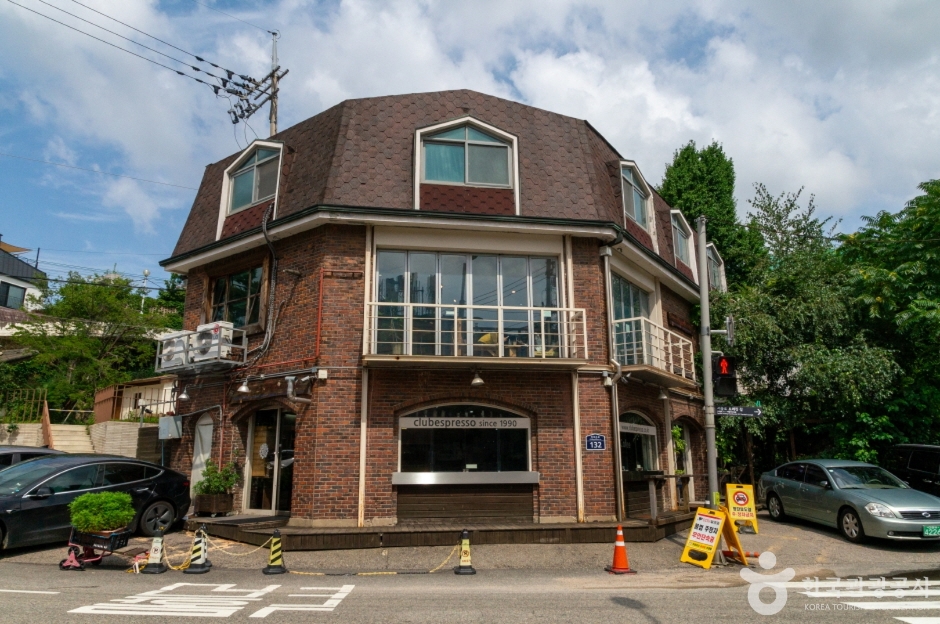
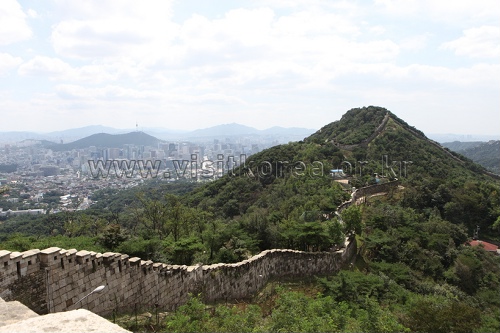
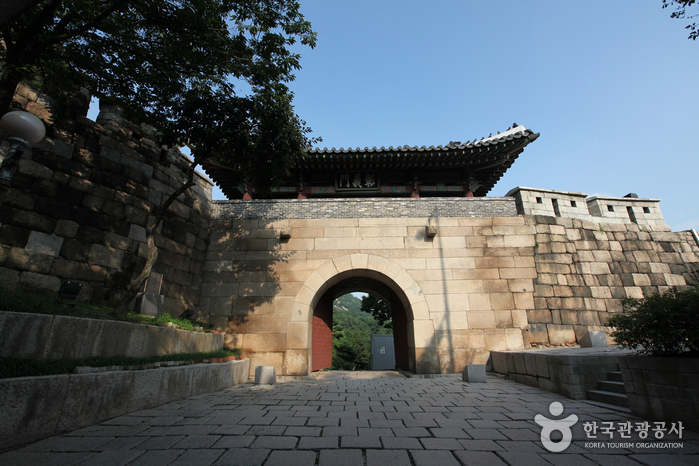
![CheongKwanJang - Sinsa Branch [Tax Refund Shop] (정관장 신사)](http://tong.visitkorea.or.kr/cms/resource/58/2888358_image2_1.jpg)
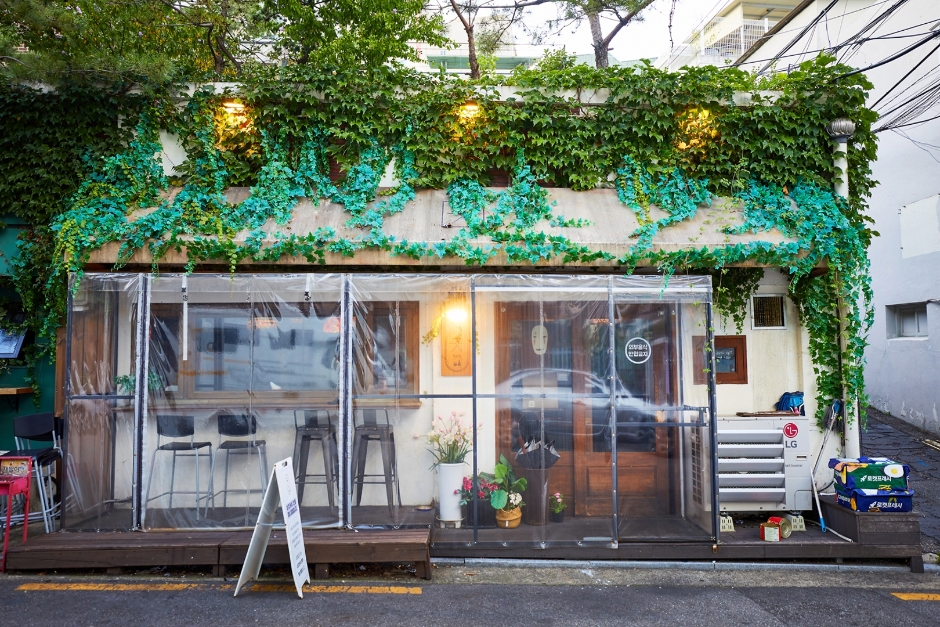
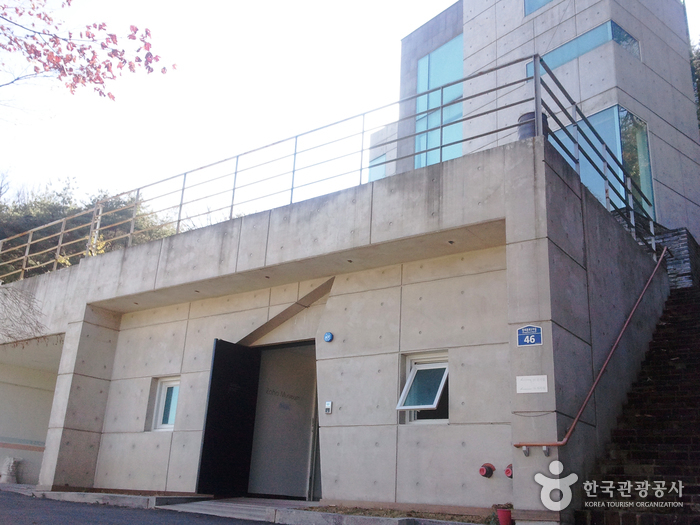
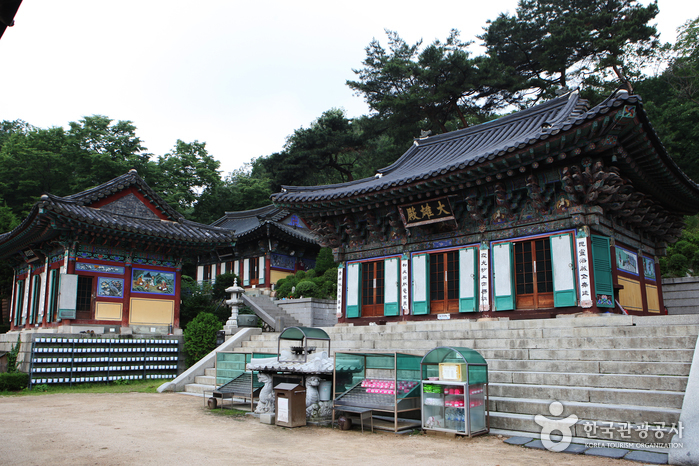

![LG Best Shop - Hongje Branch [Tax Refund Shop] (엘지베스트샵 홍제점)](http://tong.visitkorea.or.kr/cms/resource/85/2890285_image2_1.jpg)
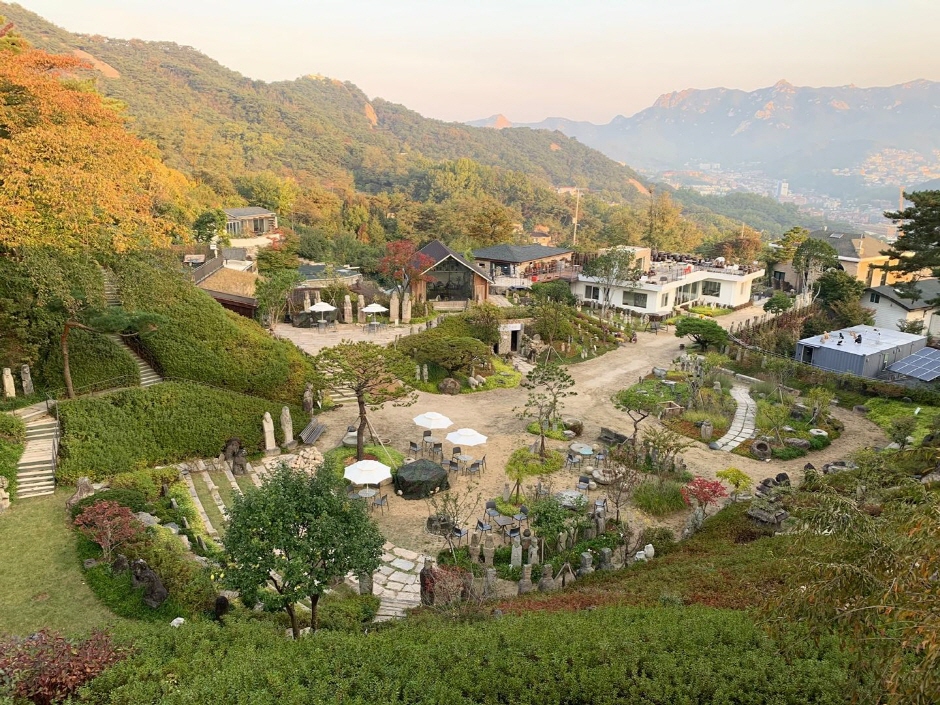
 English
English
 한국어
한국어 日本語
日本語 中文(简体)
中文(简体) Deutsch
Deutsch Français
Français Español
Español Русский
Русский